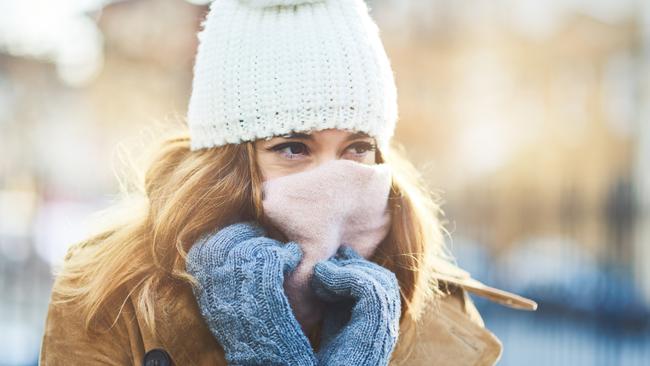Coronavirus infections tipped to rise in colder months
Epidemiologists warn COVID-19 will be ‘more dangerous’ as the nation enters winter.

Epidemiologists warn COVID-19 will be “more dangerous” as the nation enters winter, with warmer temperatures deemed a factor in Australia’s effective containment of the virus so far.
It is not the change in air temperature that is expected to drive a rise in infections, but the colder temperatures that force Australians to spend more time indoors and closer to each other that risks adherence to social distancing.
Peter Collignon, a professor of infectious diseases at the Australian National University, said colder temperatures were a possible factor in the high death toll and spread of the virus seen in the northern hemisphere.
“My view is that all respiratory viruses we know of are more common in winter than in summer for reasons not entirely clear,” Professor Collignon said. “People are not only inside more in winter, they’re spending more time closer together, especially when they’re huddling around the fireplaces and heaters.
“It’s maybe also got something to do with the air temperature and humidity, but we’ve seen with other strains of coronavirus that infections increase during winter.
“I expect winter will be more dangerous for us, and it’s a reason why I expect a lot of the social restrictions we have had in place so far will have to extend after winter, to October.”
He said the Spanish flu and swine flu had initial peaks in Australia “about this time of year”, and while it slowly came under control, “we had a second peak, which was a little bit bigger than the first peak, in our winter”.
“This may explain why it’s been so bad in New York and in Italy and Europe, and not here and in New Zealand, because we’ve been able to contain the virus during our summer.”
He also said he expected incidents of the general flu to be down, as hygiene principles are being followed more stringently.
Raina MacIntyre, head of biosecurity at the University of NSW, said “cold weather generally favours transmission”.
“We could see an increase in cases because of the cold weather. But the weather itself is not the driving factor of why winter could spread the virus. It’s still contact between people and the established risk factors that are much more important in affecting infection numbers.
“This is because people congregate in closer proximity in cold weather, but also the virus itself is able to infect more in cold weather — that’s been observed for a number of viruses. The temperature affects the ability of the virus to bind to receptors on human cells.”




To join the conversation, please log in. Don't have an account? Register
Join the conversation, you are commenting as Logout